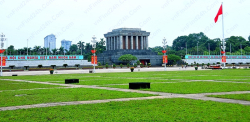The Ancient Melody Of Vietnam With Ca Trù Singing
Listing Details
Hanoi, Ha Noi
1 year ago
Additional Details
108
6.3k
Description
Vietnam is a country known for its rich cultural heritage, and one of its most treasured art forms is Ca Trù singing. With a history spanning over a thousand years, Ca Trù stands as a testament to the enduring power of traditional music and its ability to transcend time and connect generations. This unique form of singing has been recognized by UNESCO as an Intangible Cultural Heritage of Humanity, preserving its significance for future generations.
In this article, we delve into the enchanting world of Ca Trù, exploring its origins, characteristics, and enduring impact on Vietnamese culture.
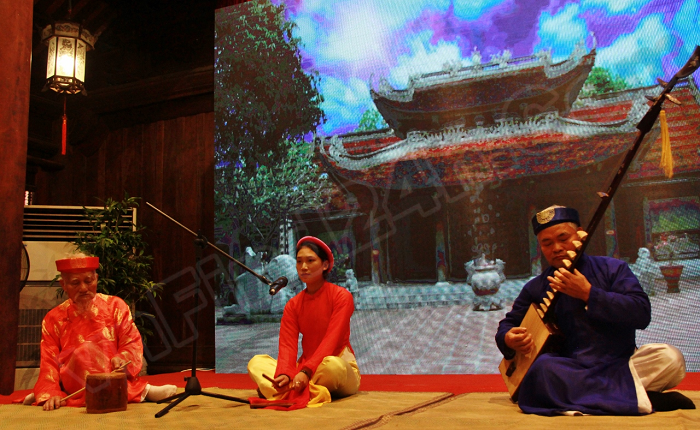
1. Origins and History
Ca Trù's origins can be traced back to the 11th century during the Ly Dynasty, making it one of the oldest traditional music forms in Vietnam. Initially, it was enjoyed in the royal courts as a form of entertainment for the elite. However, it eventually spread to the public domain and gained popularity among the common people in the 15th century.
The art form saw its zenith during the 18th and 19th centuries, where it flourished as a unique genre blending poetry, music, and singing. Ca Trù singing was performed in "hội ca" gatherings, where skilled musicians and talented singers congregated to celebrate life's moments, recite poetry, and express emotions through their mesmerizing melodies.
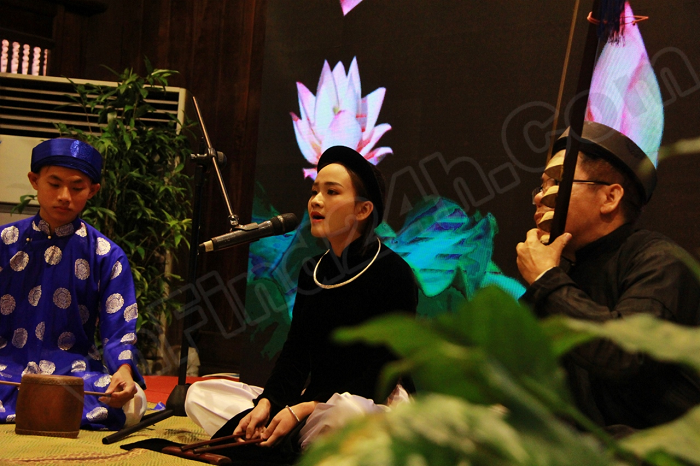
2. Characteristics of Ca Trù Singing
Ca Trù singing is characterized by its poetic lyrics, soulful melodies, and intricate instrumental accompaniment. The performances usually feature a trio of artists: a female singer, known as "đào," a musician playing the "đàn đáy" (a long-necked three-stringed lute), and another playing the "phách" (a small wooden box beaten with sticks).
The melodies are profoundly emotive and often explore themes of love, nostalgia, and the beauty of nature. The lyrics are written in "lưu thủy," a special form of poetry that follows strict tonal and rhythmic patterns. These poems are often composed by skilled scholars or literati who add depth and profound meaning to the songs.
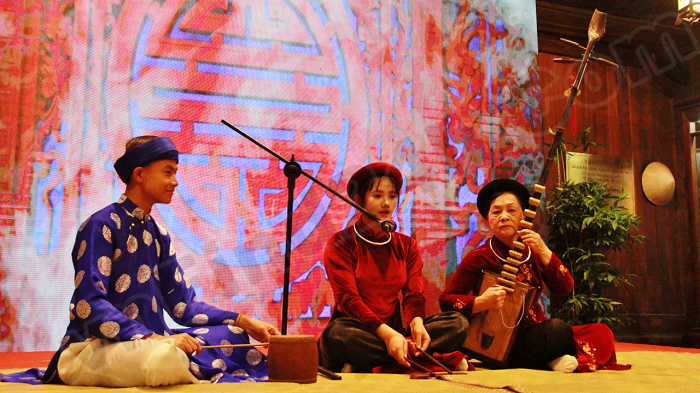
3. The Role of Women in Ca Trù
Throughout history, women played a central role in preserving and propagating Ca Trù singing. The female singers, or "đào," were highly respected and admired for their artistic skills and refined knowledge of poetry. They were often from educated backgrounds and were well-versed in a variety of topics, making their performances not only musically captivating but also intellectually stimulating.
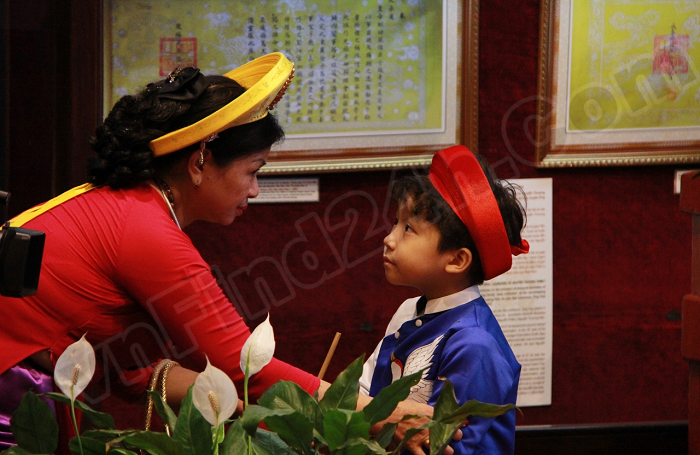
4. Challenges and Preservation
Despite its rich history and cultural significance, Ca Trù faced numerous challenges throughout the 20th century. Wars, social upheaval, and shifts in cultural tastes threatened the survival of this ancient art form. Moreover, the rise of modern entertainment and the younger generation's inclination towards contemporary music posed a significant challenge to its continuation.
Recognizing the urgent need for preservation, cultural enthusiasts and governmental bodies collaborated to safeguard Ca Trù's heritage. Efforts included establishing cultural centers, organizing festivals, and encouraging master-apprentice relationships to pass down the art form to future generations. In 2009, UNESCO inscribed Ca Trù singing onto its list of endangered intangible cultural heritage, further highlighting its significance and the need for active conservation.
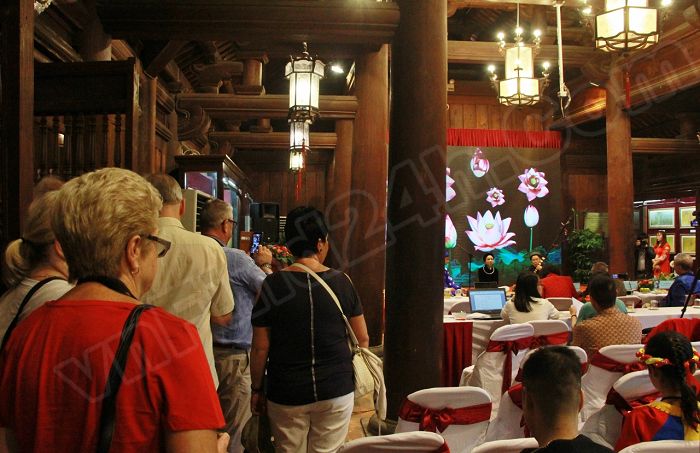
5. Revival and Cultural Appreciation
In recent years, there has been a revival of interest in Ca Trù singing among the Vietnamese population. Younger generations, seeking to reconnect with their roots, have shown an increasing appreciation for their cultural heritage. The government's efforts, along with the growing interest of the people, have led to a resurgence of this ancient art form in traditional performances and cultural festivals.
Additionally, collaborations with contemporary musicians and the incorporation of Ca Trù elements into modern compositions have widened its appeal to a broader audience, both within Vietnam and beyond its borders.
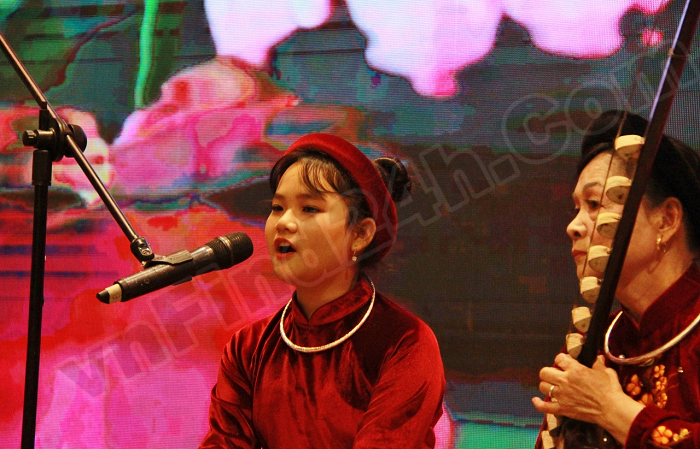
6. How can I join the Ca Trù Singing in Hanoi?
When embarking on your journey to Hanoi, a must-see experience awaits you at the Thang Long Club of Ca Tru, nestled in the heart of the city at 28 Hang Buom Street, Hoan Kiem district.
Immerse yourself in the enchanting world of Ca Tru singing, a traditional Vietnamese musical art form that has withstood the test of time. The Thang Long Club of Ca Tru showcases captivating performances that will transport you back in time to the ancient melodies and poetic verses of Vietnam's cultural heritage.
Mark your calendars for the Ca Tru showtimes, scheduled every Tuesday, Thursday, and Saturday, from 8:00 PM to 9:15 PM. This gives you the perfect opportunity to weave this mesmerizing experience into your travel itinerary and create unforgettable memories of your time in Hanoi.
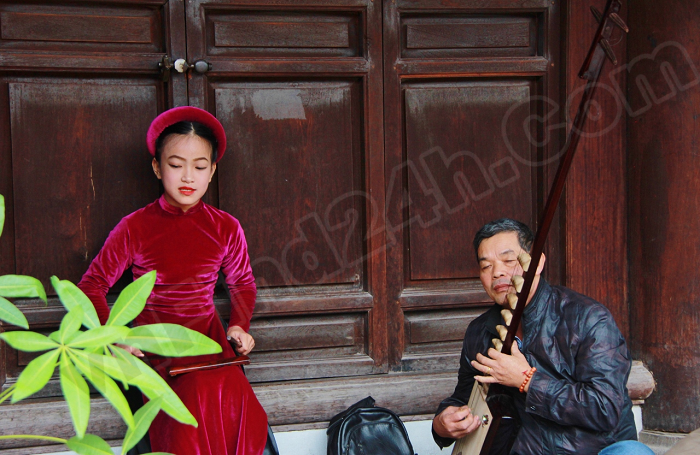
To witness the splendor of Ca Tru singing at the Thang Long Club, a nominal ticket price of US$12 per ticket opens the doors to a night filled with soul-stirring melodies, skillful musicianship, and the graceful performances of talented artists.
Don't miss the chance to immerse yourself in the soulful rhythms of Ca Tru, an intangible cultural treasure that reveals the essence of Vietnam's rich history and artistic heritage. The Thang Long Club of Ca Tru welcomes you to be a part of this time-honored tradition, where the past harmoniously meets the present, leaving you with a profound appreciation for the cultural wonders of Hanoi. So, be sure to secure your tickets and witness the magic of Ca Tru singing at its finest!
Ca Trù singing is more than just a traditional music form; it is a living testament to Vietnam's cultural history, an artistic expression of its people's emotions and aspirations. This captivating art form has survived the tests of time, weathering the challenges of a rapidly changing world. Thanks to the dedication of preservationists and the renewed interest from the younger generation, Ca Trù singing continues to thrive and inspire, ensuring that its ancient melodies will resonate for generations to come. As the world evolves, the mesmerizing sound of Ca Trù singing remains a vital thread, connecting the past, present, and future of Vietnam's cultural identity.
Show More













